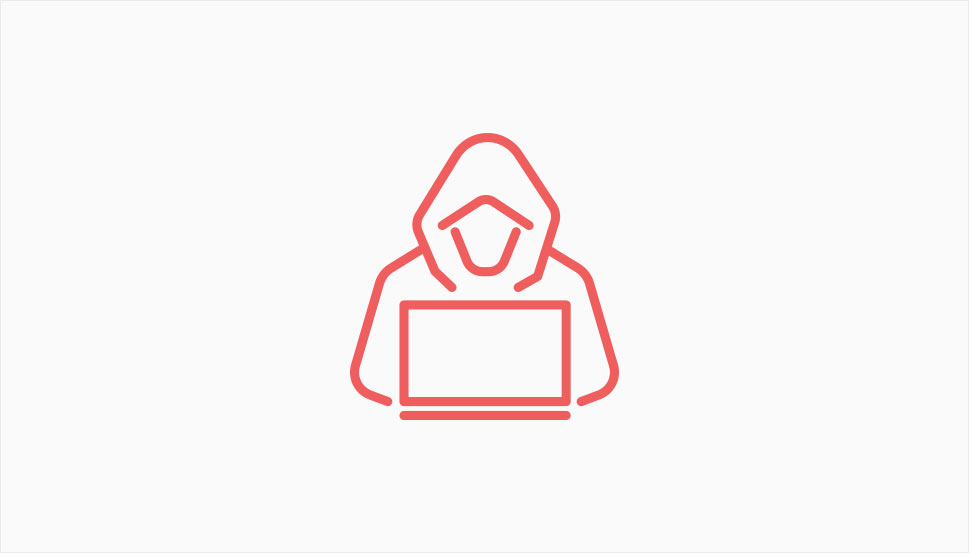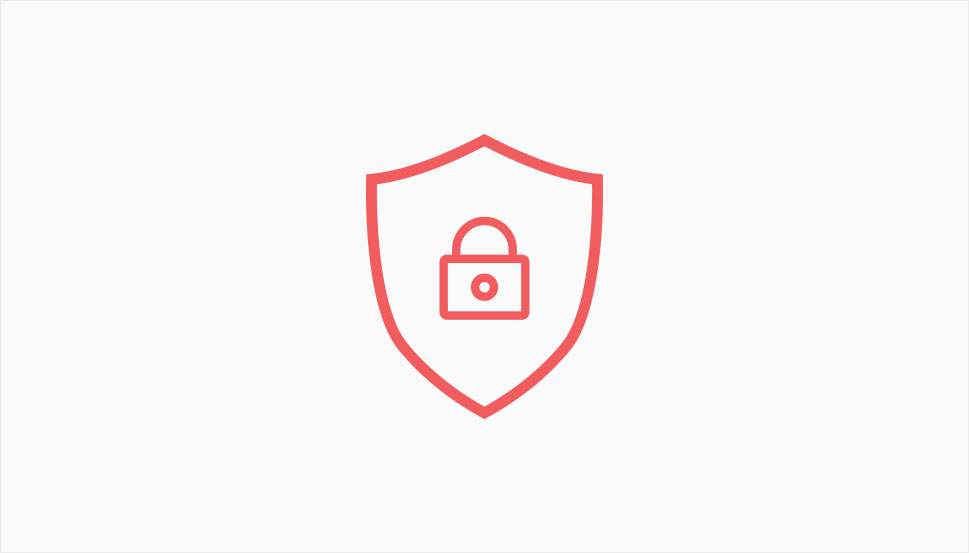A Guide to Keeping Your WordPress Website Safe from Malware in 2024

When you have a website, security and safety should be among your top concerns. You could have a small online store, a portfolio website, or a blog that’s little more than a hobby – as long as it’s online, you can one day find your website attacked and felled by nefarious actors. Of course, this doesn’t have to happen, but being an optimist with these things doesn’t pay off – not unless your optimism is based on the fact that you’ve done all you can to keep your website safe.
Malware should place high on your list of things to keep your website safe. WordPress malware comes in various shapes and sizes, and it can cause all kinds of trouble with your website. You should make sure that you go into 2024 with a website that is free of malware and safe from infection. If you’re not sure how to do it, don’t worry – we’ll help you out.
In this guide to keeping your website safe from malware, we’ll show you:

Malware is a portmanteau of two words, “malicious” and “software.” Those two words describe it pretty well, as malware is indeed nothing more than a piece of malicious software or code. Because there is more than one type of bad software, malware is an umbrella term that covers many different kinds of programs that were designed to attack, take advantage of, or do something illegal or damaging to a computer or a system.
Website malware, much like malware in general, is malicious software designed specifically to attack or affect websites or the servers that host them. Just like regular malware, it’s looking for an entry point so that it can get on the server or the website and start doing what it was designed for. Because websites and servers are different from regular computers, the types of website malware and the things they do can be different.

Most of the people who use the internet are probably familiar with some of the more common types of malware. You’d be hard-pressed to find a person who hasn’t heard of a virus, a Trojan horse, or a worm. Then there’s ransomware – a rising threat – as well as the less damaging adware. Spyware is no fun, but it’s not nearly as creepy as fileless malware, a type of malware that doesn’t need a file to do its dark work, making it notoriously hard to discover.
Malware presents an extremely varied landscape. You can, if you like, classify malware – especially website malware – by the things that they do. Backdoors are a type of website malware that leaves a backdoor – an entry point – that lets unauthorized people access your website.
Sounds bad? How about credit card stealers and other types of eCommerce malware, which attacks online stores to extract user data, especially credit card numbers? The list doesn’t end there, of course. There are many different ways to attack a website and many different types of programs or code written to attack websites.

Just like there are different types of malware, there are also different ways they can infect your website. You should take note of the various types of attacks, as that could help you protect your website better, as well as figure out what happened in case your website gets infected. Here are some of the most common ways malware gets onto your website.
Access Control Issues
Many different types of attacks can be leveraged against you and your website to let hackers get your website credentials and access your website’s backend, server, or hosting panel. Brute force attacks are a type of attack that tries to get access to your website’s protected areas. Various phishing and social engineering attacks can do the same.
Software Vulnerabilities
You can guard your credentials as closely as you like but leave your WordPress core files out-of-date for long enough, and you’ll be inviting trouble. All software has vulnerabilities – it just takes time to find them. When the software developer learns about it, he patches it, which is why you should always make sure everything is up-to-date on your website and server.
Nulled Third-Party Elements
There’s a reason why you should either get a free WordPress theme like our Qi Theme or a premium theme like our other themes, but never opt for a nulled theme. Nulled themes, or other website elements that were cracked or modified to be used for free instead as premium components, can and often do contain malicious code.
Third-Party Integrations
Themes and plugins aside, you are also likely to use things like third-party scripts on your websites. These scripts can provide tracking services, they can help you monetize your website through ads, or add some great widgets. They can do a lot more than that – plenty of bad things, too – without you even knowing.
The list, of course, doesn’t end here. In some rare cases, the server itself might get breached by malware, causing some kind of damage to all the websites hosted on it. It’s also possible that one website on a shared hosting server infects other websites – although good hosts should take measures against it happening.

So what happens when your website is infected by malware? One of several possible things. In general, those who design malware will seek to either steal information from your website or use your website for some other purposes that benefit them. Here are a couple of things that could happen to your website if it gets infected.
Your Website Visitors Are Redirected
All that effort you’ve put into optimizing your website for SEO and attracting visitors only to have them siphoned away to some other website. But that’s what malware might do to your website, and it might do it quite often as it’s one of the more common effects of malware.
The Look of Your Website Is Changed
Hackers who plant malware on your website can use it to change your website’s front page and display some kind of a message. A common type of attack used by political or religious hacker groups, these types of attacks might damage your reputation while boosting the hacker’s, but it might also cause you to lose earnings or customers.
Your Website Engages in Malvertising
Malicious code hidden in the ads on your website can infect your visitors’ computers even if they access your website, let alone click on the ad. This happens when malicious code gets injected into your ads, or when they’re altogether replaced by hackers’ ads.
Lots of Spam Content Appears on Your Website
When someone wants to remove your website from the search engines without actually taking it down, they can start posting spam content and links into your website’s comments. They might also add files that contain spammy content and bad backlinks to your website, quickly causing your website’s rankings and traffic to drop.
Other things might happen with your website. It might get blacklisted by search engines as it becomes known to them your website is infected by malware, for example. All sorts of things might happen when someone gets full access to your website’s back end, too.

To manage the threat malware poses to your WordPress website effectively, your first step should always be centered on awareness. You should know where your website is likely to be attacked and how. It wouldn’t hurt to know how to recognize a website that’s been infected by malware.
With that in mind, you can start taking preventative measures. There are not too many of them, but they are essential and often overlooked.
Keep Everything Up-to-Date
One of the biggest security vulnerabilities for your website is out-of-date software. Even if you’re using a hosting service such as managed WordPress hosting, you’re likely to need to update your plugins and themes on your own.
Your core WordPress files should be regularly updated, too. Keep an eye out for security patches and check with your web hosting provider to see what’s their policy about updating the software they run their servers on.
Use Antimalware Software
If there’s one thing WordPress doesn’t lack, it’s high-quality security software. You should look into a Web Application Firewall, or WAF, to get some real-time protection for your website. Having malware scanners check your website occasionally is also great, as is the occasional use of online security scanners.
Use Good Password Practices
There are many things you could do to make your passwords harder to obtain or figure out. You could be using very long and complex passwords, make sure you don’t tell the password to anyone, use a secure password manager with a very strong master password, and ensure everyone who accesses your website uses a strong password.
Then, you can consider adding two-factor verification. You should also consider replacing the default admin username. You could also change the URL of the login page to your website – it all adds up to make your passwords harder to crack.
Back Up Your Website Regularly
Regular backups of your website are just common sense. If anything goes wrong with it, you should have a version that’s as clean or safe as it can be, so that you can raise your website to the ground and bring it back, malware-free, in case of an infection. Not something to look forward to, but it’s something you should be prepared for if your website is breached by malware and there’s no other way of fixing it.
Keep Your Website Tidy
Your website’s digital hygiene is of utmost importance for its security. The fewer themes and plugins you have, the fewer potential entry points will be left for the malware. It also means fewer things to upgrade, which is always a good thing. Anything you’re not using or can’t bother to keep up to date has no place on your WordPress website, period.
Let’s Wrap It Up!
The reality of having a website is that it will often be under some kind of attack. Luckily for everyone, a lot of these attacks aren’t too sophisticated and are easily thwarted by common sense and good security software.
Still, you should always keep in mind that there are some smart hackers out there who have created smart tools that can pose a more significant threat. The last thing you want to do when facing something like that is help it by leaving yourself open and unprotected. So remember, there are only a couple of things you should be doing to keep your WordPress website safe from malware, and it’s much easier to do them regularly than build back your website every once in a while.



